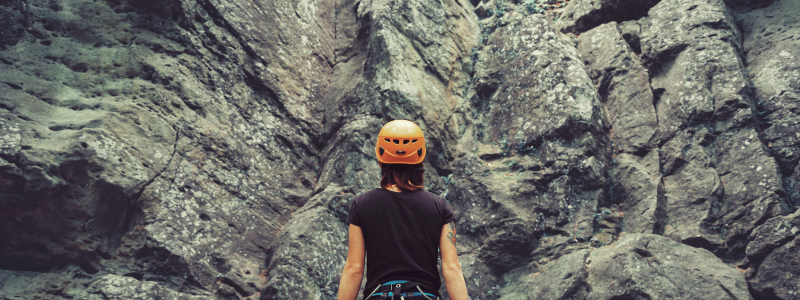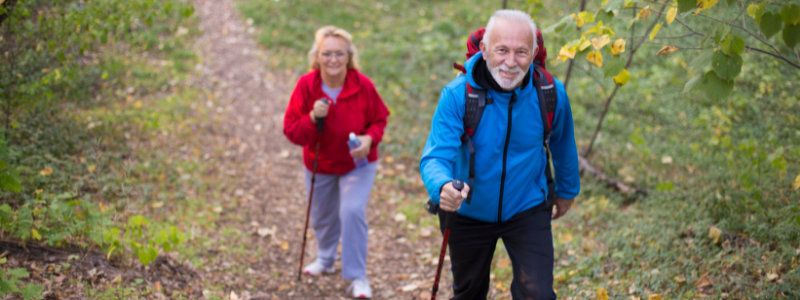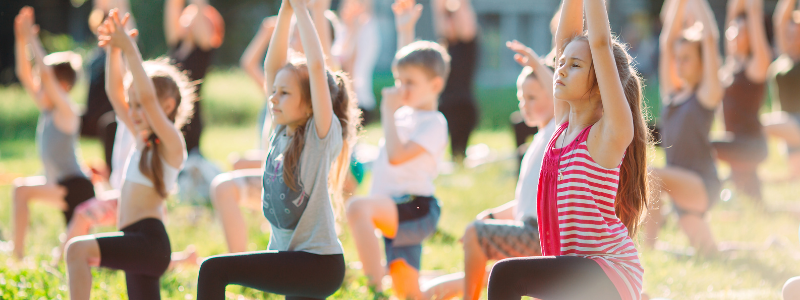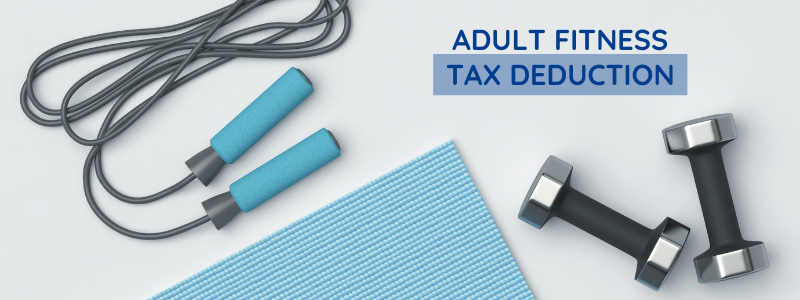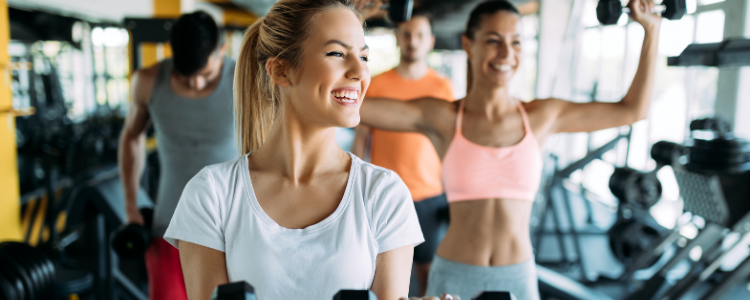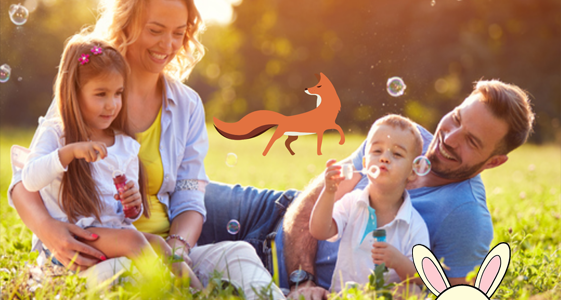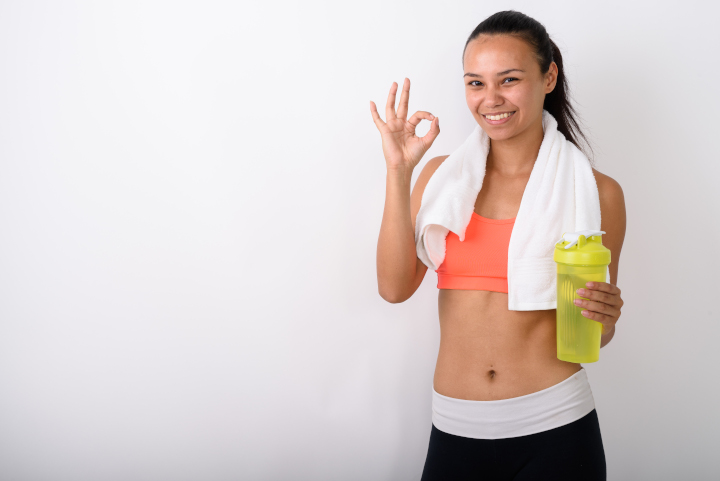Importance of Networking for Recreation Professionals
If you are working as a recreation professional, you might just have the most rewarding job. The extrovert’s dream, you work with people and get to be outside and organize events. The beauty of working as a recreation professional is that all you need is a passion for recreation. Let’s be honest, who doesn’t like a little R & R? Whether you went to university and got a degree or you decided to venture into the wide world of entrepreneurship and open a food truck, anyone has the ability to work as a recreation professional.
Being a recreation professional is more than organizing or attending events, it is more than attending summer camps and leading fun activities. To flourish as a recreation professional, it is of absolute importance to network. Network with other professionals, leaders of other organizations is vital to the development and improvement of not only the park you represent but also it is excellent for interpersonal development. Networking is made easier with Alberta Recreation and Parks Association, however, don’t limit your networking to only parks and recreation. Broaden your horizons and venture into networking outside of your sphere. There are many organizations in and around Alberta that offer brilliantly beneficial opportunities and ideas.
What is networking?
All this is made easier if you know a little bit about what networking is all about? Networking is about exchanging ideas, sharing information with like-minded individuals who are either in the same career or similar careers. These informational exchanges usually happen at conferences, within a more social setting, around the buffet table in between seminar sessions or during a break at an event that like-minded professionals are attending.
Why is networking important?
When you network, you increase your visibility, you meet potential clients or professionals that you can work with. You stay abreast of the current news or trends in the recreation field; i.e. you get to know other practitioners, and you have access to the expertise, knowledge and information from others who have walked the road already.
Networking is most effective when it is done face-to-face, however there is something to be said about the effectiveness of networking online. Social media platforms, forums and online groups open up a world of networking opportunity. Through online networking, you are able to reach out to professionals from around the world and share ideas, ask questions and gain vital and valid information. In a time when information and technology are gaining traction and changing at a rapid pace, it is a good idea to crack open that laptop and start joining different groups and start networking.
This brings us to networking with consultants and the role they play in the municipal world. A consultant’s whole business is about networking, making sure they are in the know with the trends, what other municipalities are doing and how other industries are supporting the field of recreation. Quantum Recreation is passionate about recreation and has a knack for networking, which is why it is great to get to know our team. We can also start helping others network more effectively and efficiently. The Quantum Recreation team attends as many events as possible and welcomes anyone to look for them at these events for a chat, or you could even approach them to help you navigate through an event and network with the professionals.
Quantum Recreation has built up a strong contact base and a large network around Canada. Our expertise also stretches over other sectors, like the special event and project management sector. Our vast network and collective in-depth knowledge of different sectors make our team members are ideally suited to help any recreation professional.
Think of the Quantum Recreation Team as your wingman at the next event, helping you meet other practitioners, and giving you the right information to make the right connection.

